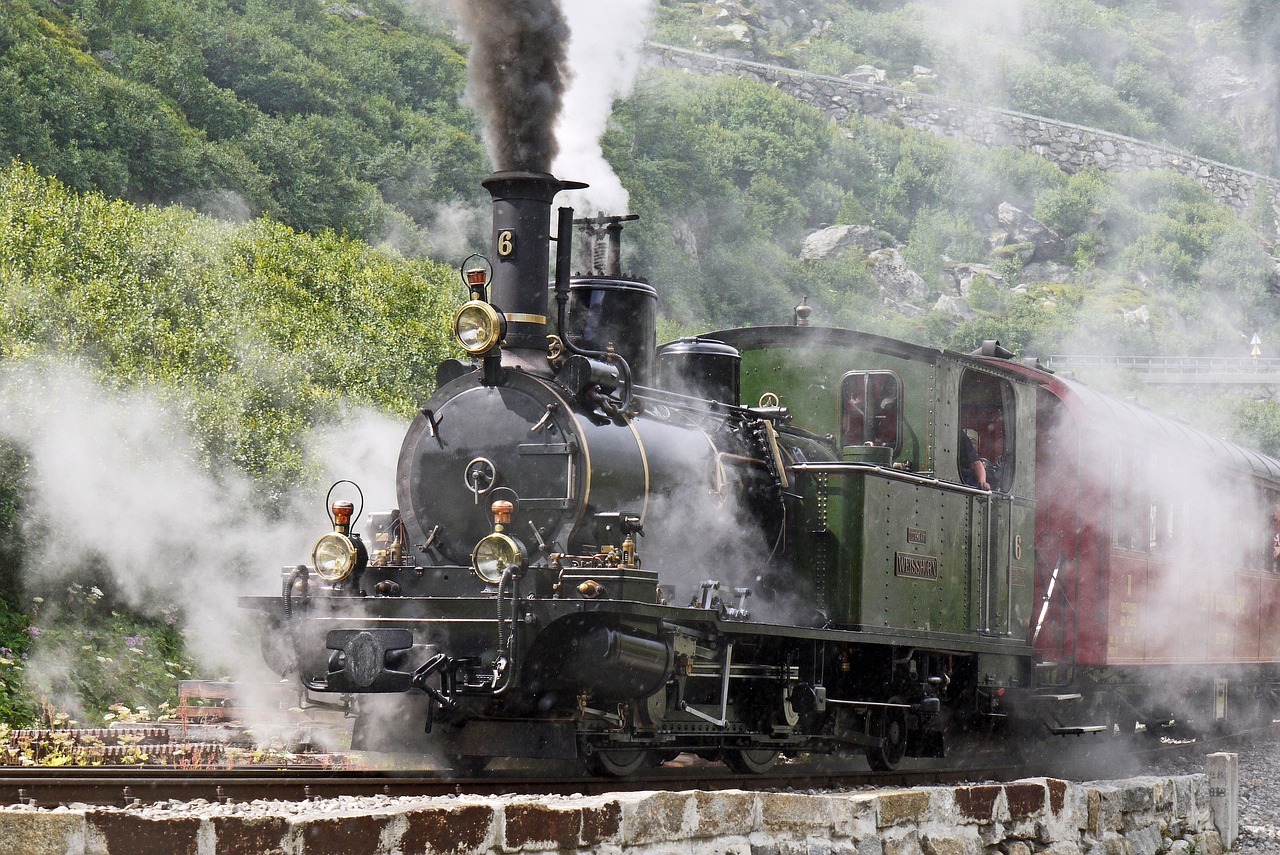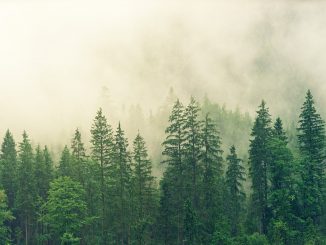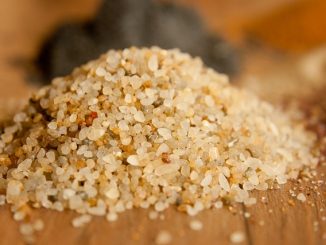
Why Nanoemulsions Are Important
Nanoemulsions are a type of emulsion that consist of tiny droplets of one liquid dispersed within another liquid, typically with a droplet size range of […]

Nanoemulsions are a type of emulsion that consist of tiny droplets of one liquid dispersed within another liquid, typically with a droplet size range of […]

Adeno-associated viruses (AAVs) are small, non-enveloped viruses that belong to the family Parvoviridae. They are named “adeno-associated” because they were originally discovered as contaminants in […]
![DNA. Nucleic acid purification. Okazaki fragments. PCR (digital PCR [dPCR], multiplex digital PCR, qPCR), DNA Repair, DNA Replication in Eukaryotes, DNA replication in prokaryotes, DNA barcoding](https://foodwrite.co.uk/wp-content/uploads/2016/11/dna-geralt-pixaby-03539309_640-326x245.jpg)
Clustered Regularly Interspaced Short Palindromic Repeats, commonly known as CRISPR, has emerged as a revolutionary technology in the field of genetic engineering, holding the promise […]

A perfusion cell culture process is a specialized technique used in biotechnology and biopharmaceutical industries for the continuous cultivation of cells. In contrast to traditional […]

Biothermodynamics is a multidisciplinary field that lies at the intersection of biology, chemistry, and physics, focusing on the thermodynamic principles governing the behavior of biological […]

Enzymes play a pivotal role in various biological processes and have become essential tools in biotechnological applications. Xyloglucanase, a type of enzyme catalyzes the hydrolysis […]

Bispecific antibodies (bsAbs) represent a promising class of biopharmaceuticals that have gained significant attention in the field of medicine and immunotherapy. These innovative molecules are […]

Transgenic plants are created through a complex process that involves the introduction of foreign genes into a plant’s genome. This genetic modification allows the plant […]

Beer brewing is a fascinating and intricate process that transforms basic ingredients into the beloved beverage enjoyed by millions worldwide. This ancient art combines science, […]

Cellubiose is a disaccharide, meaning it is composed of two simple sugar molecules (monosaccharides) linked together. Specifically, cellubiose is made up of two glucose molecules […]

Green extraction refers to the development of environmentally friendly and sustainable methods for extracting natural compounds from various sources, such as plants, herbs, fruits, and […]

Cold pressing, also known as expression or mechanical pressing, is a traditional method used to produce essential oils from various plant materials. Unlike solvent extraction […]

Solvent extraction is one of the most common and widely used methods for obtaining essential oils from various plant materials. This technique involves the use […]

Hydrodistillation, also known as water distillation is a form of steam distillation. It is a widely used method for extracting essential oils from aromatic plants […]

Safrole is an organic compound with the chemical formula C10H10O2. It is a colorless to pale yellow liquid that is naturally found in various plants, […]

The fermentation of filamentous fungi, also known as fungal fermentation, is an essential biotechnological process used to produce a wide range of products, including enzymes, […]

The trickle-bed reactor (TBR) is a type of fixed-bed reactor used in various chemical and biochemical processes, particularly in gas-liquid-solid reactions. It is designed to […]

Precision engineering is one of the new terms used nowadays when attempting to harness the power of fermentation for food and biopharmaceutical production. Back in […]

Mesoporous silica nanoparticles (MSN) are a type of nanoscale particle composed primarily of silica, which is the main constituent of sand and glass. These nanoparticles […]

Agrobacteria are those used to carry tumour-inducing (Ti) or root-inducing (Ri) conjugative megaplasmids needed for virulence. Agrobacteria, also known as Agrobacterium, are a genus of […]
Copyright © 2025 | WordPress Theme by MH Themes